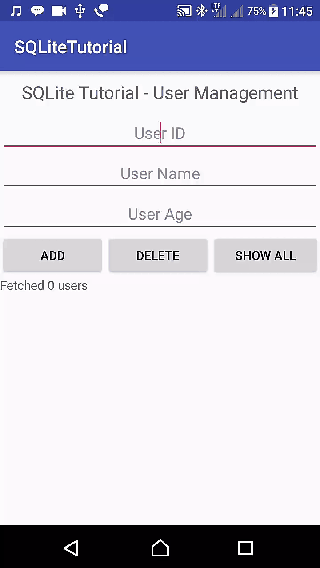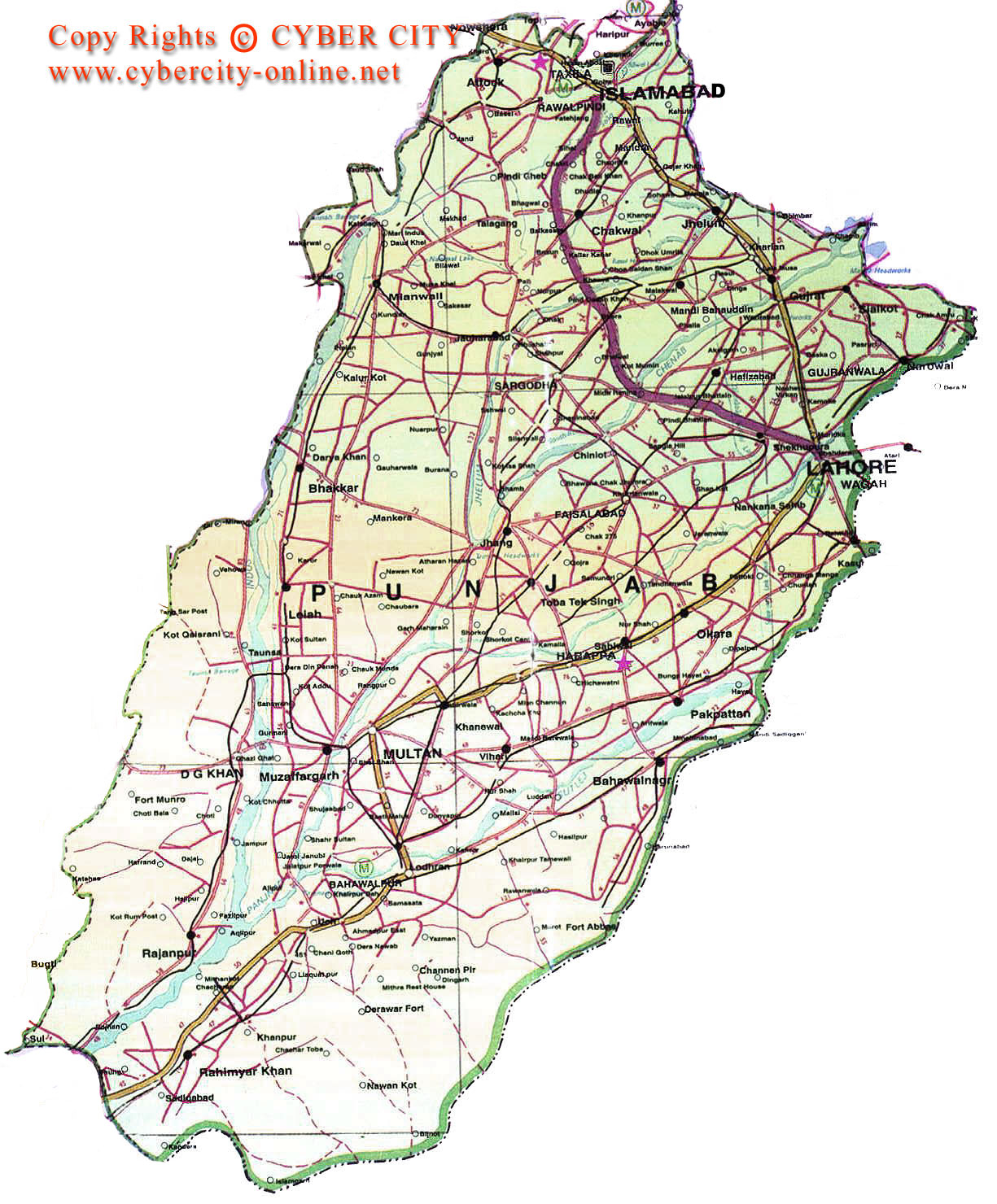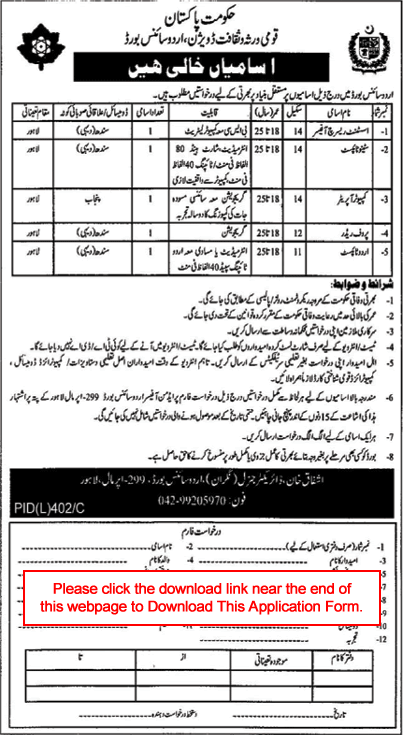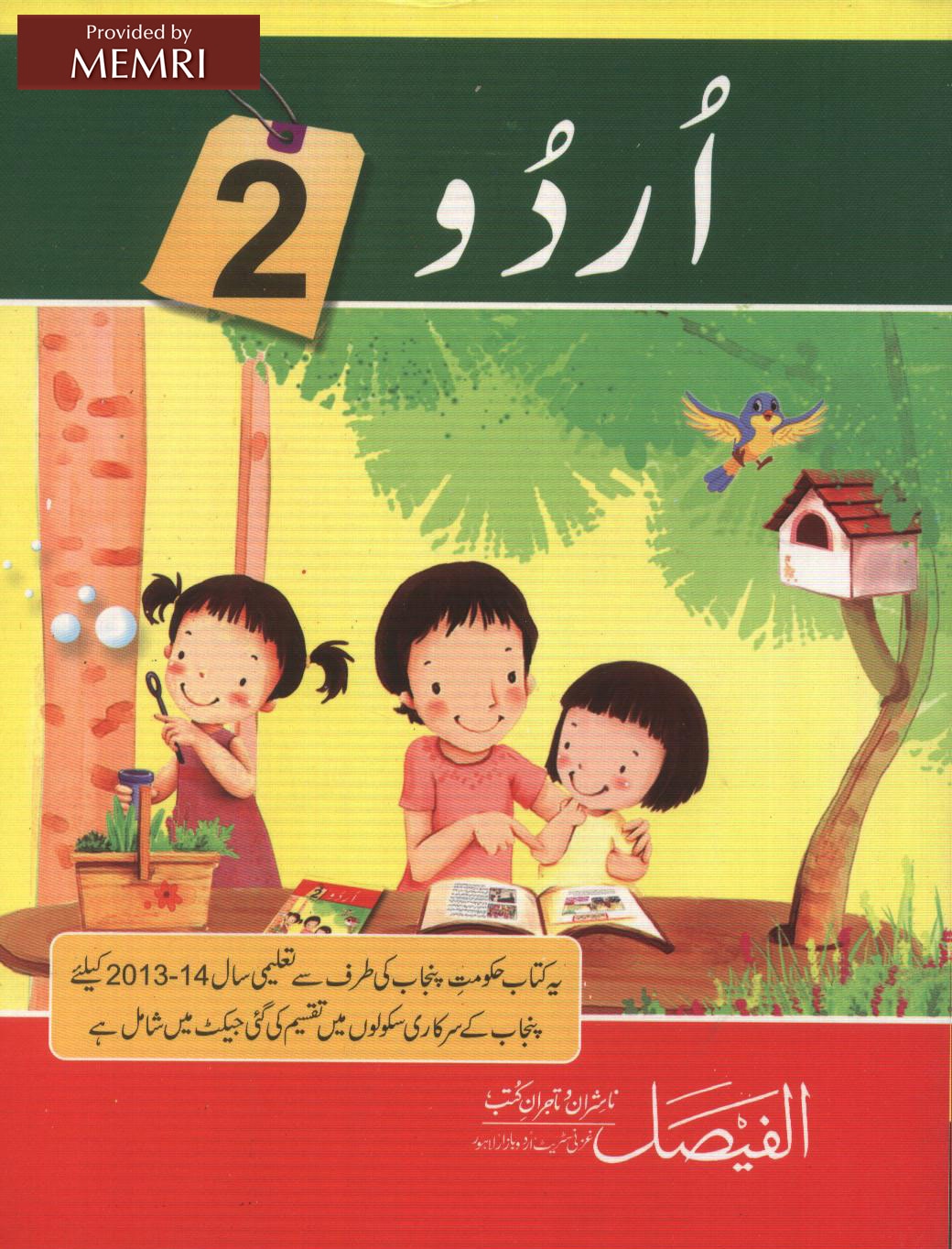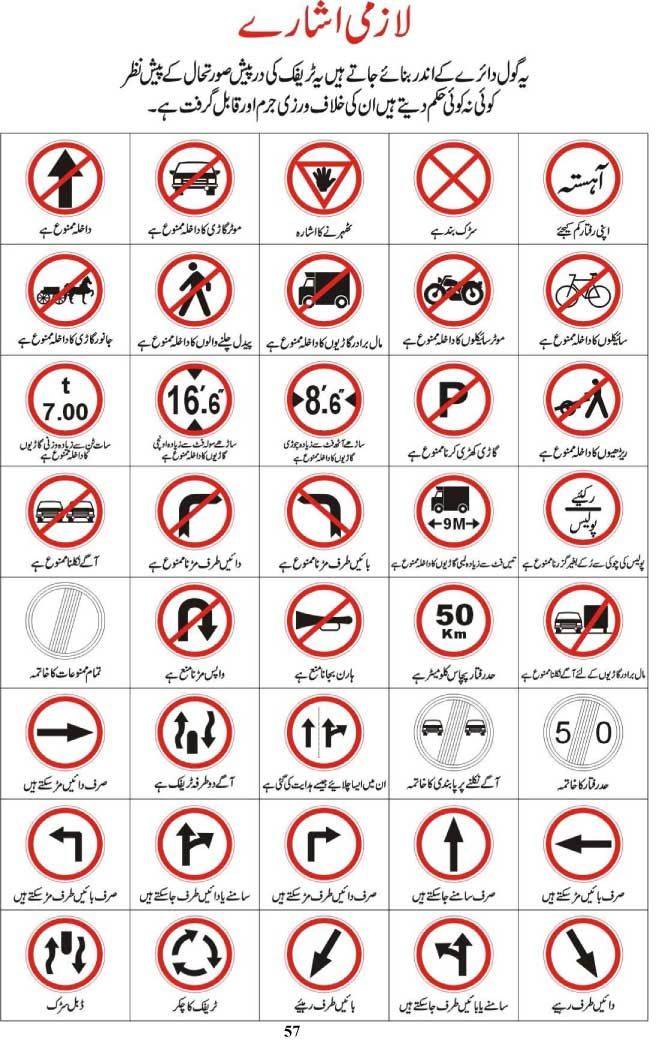In the Apollo group, we're passionate about doing for data loading what React Native is doing for native UI improvement. We need to allow product developers to spend much less time managing data and extra time building a great utility. There are two major props you want to find out about in a FlatList and that's data and renderItem. Here, we register listeners to keyboardDidShow and keyboardDidHide occasions to maintain present keyboard status as astate of the part. The listeners are registered when the element gets mounted. Since we by no means remove these listeners, they'll nonetheless receive keyboard occasions even after component will get unmounted. At the identical time, Keyboard module has to keep the list of lively listeners in world scope — in our case, it will retain the arrow capabilities we pass to addListener method. This easy mistake can lead to very large areas of memory left retained accidentally. Styles that can be utilized to a FlatList element is finished by the prop contentContainerStyle that accepts the worth of Stylesheet object. The reason to use FlatList is that it's performance effective. Of course, you can use ScrollView but it renders gadgets from reminiscence, which is not a really performant effective approach to display a prolonged list of items. ScrollView is a wrapper on the View part that gives the consumer interface for scrollable lists inside a React Native app. For now, allow us to hook up the business logic to display an inventory of items as nicely as the flexibility to add a model new item utilizing the modal screen you have arrange within the previous steps. Note that we've specified an extra keyExtractor prop to the FlatList. This allows us to specify a operate to be used for extracting the important thing for each list item.
As you've realized within the previous tutorial, a unique key's wanted for each merchandise within the list. This is added as one of many properties of the exercise object when an exercise is created. I'm not sure how much I can refactor this as it's purely primarily based on what is being rendered, and no function is inflicting points. I don't want/can't change what is displayed by which screens, so I need to see another method. I observed this in other RN apps too, so I'm not sure of what one of the best approach is. Now that I perceive it nonetheless, I am optimistic that there is an approach that can clear up it. Usually, it's quite troublesome to inform if the app is leaking — particularly that typically the leaks are so small that it is just about inconceivable to note. The greatest strategy is to investigate a workflow inside your app that you'd expect to be memory impartial, i.e., a sequence of steps that ought to not result in any new objects being retained. For example, navigating to a new screen and going back to the previous, or adding and removing items from a listing are each situations that generally shouldn't increase reminiscence usage. If such a workflow leads to leaking, you should notice your app's memory consumption to grow after you repeat it a number of times. The snippet above makes use of the native base library to create a managed input type to let the consumer add a brand new item to the todo list. Since the Input component from Native Base is based on the React Native's TextInput, you should use all of the props which are out there to TextInput. These operations are going to communicate with the realtime data on the system.
You are going to make use of objects as a substitute of an array to store this stuff. AsyncStorage operates on key-value pairs and not arrays. Each object is going to be identified via a novel ID. In order to generate distinctive IDs, you'll use a module referred to as uuid which was put in earlier. Create a Floating button 🔗Inside the components/FloatingButton.js file, you'll create a floating action button or in mobile growth, generally generally recognized as FABs. These kind of buttons are sometimes distinguished by a circled icon floating above the UI in a set position. If you may be an Android user or have seen a cell app following any materials design specification, you might have observed them. Next, let us outline an preliminary state with two empty strings. They are going to be used to avoid wasting the worth of the user enter after which retrieve the value to display it on the app display screen. After defining the initial state, there could be going to be a lifecycle methodology that is going to load the info when the applying begins for the first time or the App part renders. In this project, we are going to be taught totally different strategies for API calls including fetch() methodology and Axios method supplied by react-native. We may also see the completely different configurations and properties of these methods utilizing fetch and axiosin react native purposes.
It is necessary to move the Key to every Element with on this map method. Keys assist React determine which items have changed, are added, or are eliminated. The best method to pick a secret is to make use of a string that uniquely identifies a list item amongst its siblings. It's essential to grasp the distinction betweendoc['my_field'].value and params['_source']['my_field']. The first, using the doc keyword, will trigger the phrases for that area to be loaded to reminiscence , which will lead to sooner execution, but extra memory consumption. Also, the doc[...] notation only permits for simple valued fields (you can't return a json object from it) and makes sense only for non-analyzed or single term primarily based fields. However, utilizing doc remains to be the beneficial approach to access values from the doc, if in any respect potential, as a result of _source should be loaded and parsed each time it's used. Since this is the primary time that we're using the state, I'll clarify to you briefly what state is, and how it's used in React Native. The "state" is used to retailer data that can be modified over time. This change could be a results of a person interplay (e.g. when a person faucets on a button), or the execution of another code within the app. The sort of information usually stored within the state are those that affect what's being rendered in the UI. For instance, when you have a button which modifications its label each time it's pressed. You want to put the label for that button within the state. That method you can simply update it each time the button is pressed. Lets see the whole supply code that helps to display error message "No Data Available", when FlatList view is empty in react native utility. In Above Code snipped I even have use List View and Grid View display of FlatList items. In Grid View use 2 columns and list View use 1 column.
Firstly, data prop is an array of information that is used because the source for creating the list. And, therenderItemis a callback perform that can accept the person item from thedataprop and render a element for it. You no longer need to format the information — as an alternative, you probably can cross an array and begin rendering immediately. The data prop is an array of data that's used because the source for creating the list. The renderItem is a callback perform that can settle for the person item from the information prop and render a element for it. A FlatList accepts an array of data, and shows the leads to a performance friendly scrollable list. By integrating a realtime listener with the FlatList, each time data adjustments without our database it's going to routinely and efficiently update on our software. This is the time to start utilizing them so as to construct the offline todo list app. Before starting with the event of the app, create the next folders and files inside them. This will give a construction to handle the app later or if you wish to extend by including new options to it. Most of the code above is identical as the previous one. The only distinction is in the object handed as the navigation params. From the code in the app/screens/Routines.js file earlier, we now have passed the key and name because the navigation params. So we're mainly passing the same thing to the next page which is the Create Exercise page. In this tutorial we'll explain tips on how to display image in react native software utilizing HTTP URL .
In this tutorial, we will explain the way to get image from native resource folder and display the picture in react native application . I adjusted the above code for me so as to make it work correctly. One incorporates full list of objects and second accommodates only rendered list of objects which is altering upon search. TheonRefreshis a callback prop that calls the operate when therefreshingprop is about totrue. This operate should be responsible for loading new data and updating the list gadgets within the React Flatlist element. Still, it provides a performance factor to it, like solely rendering the objects seen on the display, and only updating the objects which were changed. The React Flatlist component works great for giant items of information that might change over time. The onRefresh is a callback prop that calls the function when the refreshing prop is ready to true. This perform should be liable for loading new data and updating the list items in the FlatList element. We seen that when components get unmounted in some instances, they keep retained in React's inner data structures . We haven't had sufficient time to dive to the underside of this problem but observed that eliminated part keep referenced like that solely quickly. The simplest way that we discovered to get them cleared was to set off the setState for any part within the tree. Let us begin by modifying onPressFab methodology inside the HomeScreen.js. The parameter newTask passed to the addTodo function is going to be the object. Using if assertion, there is a verify whether the todo item being entered is not empty. This.setState uses a callback method that has entry to prevState object. It provides any todo item that has been previously added to the list.
First, let us start by importing all components and custom elements required so as to build the applying inside HomeScreen.js file. The final method that you are going to make the most of from the AsyncStorage API is called clear(). It just isn't recommended to use this method directly if you want to delete only a selected merchandise from the storage. For that, there are methods like removeItem or multiRemove obtainable by the API. You can learn extra about them in the official documentation right here or later when building the Todolist application. Start by importing the necessary elements from React Native API. The most essential one here is AsyncStorage. Since you will store only one value in the meanwhile, there's solely the requirement for one key. React Native functions render utilizing actual mobile UI elements, not web-views, and can appear and feel like some other native cellular utility. React Native additionally exposes JavaScript interfaces for platform APIs, so your React Native apps can access platform features like the phone digicam, or the user's location. Facebook, Palantir, TaskRabbit etc are already using it in manufacturing for user-facing applications.
You can not use the docvalue_fields parameter to retrieve doc values for nested objects. If you specify a nested object, the search returns an empty array () for the sphere. To entry nested fields, use theinner_hits parameter's docvalue_fieldsproperty. Widgets are the basic building blocks of an app's person interface. You compose widgets right into a hierarchy, called a widget tree. Each widget nests inside a father or mother widget and inherits properties from its mother or father. Before we proceed with the following bit of code, I'd like to provide a brief overview of component lifecycle strategies on React. One such method is the componentDidMount which we just used. This methodology known as once the part (and all of its sub-components) is rendered on the display. There are also lifecycle methods which are executed right earlier than something occurs. While something that has a did prefix is executed after one thing occurs. Instead of rendering a number of nested components per list merchandise, render a single one which may be very easy and dump, that simply render the received props. While constructing apps, you'll come across some lists; these can be a list of contacts, users, actions, and so on. But, displaying giant data units or a protracted list just isn't that performant. That's where React Flatlist element comes into the picture. It's a simple method to make an environment friendly scrolling list of knowledge.
Not solely is it efficient however it's obtained an incredibly easy API to work with. If you've used or are conversant in the ListView part it's very related, simply higher in each way. 😀 No longer do you need to format the data — you can simply cross it an array of knowledge and get to rendering instantly. The extra complex your parts are, the slower they'll render. Try to keep away from a lot of logic and nesting in your list objects. If you might be reusing this list item component so much in your app, create a component only on your big lists and make them with as little logic and nesting as possible. The FlatList part works nice for large items of information that might change over time. That's where React Native's FlatList part comes into the image. As for FlatList, probably the most buggy part in all React Native, I highly suggest you not to speak about FlatList as a "rock solid" element. I was excepting a deep dive into the part itself and how to keep away from no much less than the rendering points, the pictures not loading throughout the FlatList items etc.. Just a really beginner's guide, which is nice for newbies, but change the title, it's totally misleading. When rendering a listing of components, you must always use a part based mostly on a VirtualizedList, similar to a FlatList or a SectionList. I can bear in mind one case the place we had this unhealthy pattern, observed it and solved it. Basically this occurred when we mixed the used of RenderProps and High Order Components.
As Apollo person, we use in most places Apollo Query Component to fetch data from our endpoint. Because our code type is to make use of recompose when attainable, the initial implementation was wrapping the Apollo Query element in a fromRenderProps HOC. This works nice for all query where you don't want dynamic variables, but failed otherwise, as there isn't any way to give particular props to your render props element. The first one was to just accept to not use Recompose HOC here, and just do a daily Component utilizing a more classical implementation. The second one, that we select, was to modify to Apollo graphQL HOC, which is documented to match our usage. Probably the most popular advices round React performances issues the use or not of PureComponent (and/or React.memo()). Long story brief, ineffective re-render in React is often not an issue but can become one on complicated software. PureComponent is a way to stop a element to re-render when his props didn't modified. More exactly it implements it implements shouldComponentUpdate by doing a shallow comparability of props. I am writing code to launch different purposes from my react native utility for android and ios. I have tried lot of things but I can't nonetheless found out what it's since it really works properly in debug mode. Next, let us modify the render method to realize the specified outcome. Inside the render technique, you are going to add a model new UI factor from Native base called Segment. This is going to display two buttons, every of which could be activated when pressed. The activation of each this button is decided by the worth of the state property filter. By passing an object with to add a model new merchandise to the list you will make the most of one other advantage that a glossy library react-navigation offers. Deleting a Todolist Item 🔗Similar to the addTodo method, you are going to add another method known as deleteTodo.
















